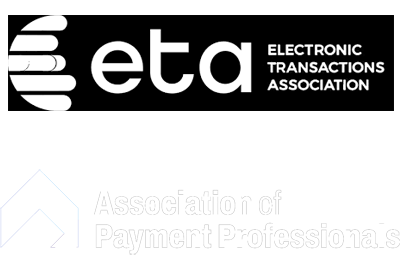18 Mar

A cash discount is a financial and business term that describes strategies used by retailers to help them cover credit card processing costs. The Cash discounting technique encourages clients to use cash or check payment methods as they become eligible for a small discount. Most retailers prefer cash discounting to other fee recovery methods because clients favor the method. However, it is essential to understand what cash discounting entails and how it is implemented effectively in the business sector.
What is Cash Discounting?
Cash discounting is a concept that has been introduced previously in retail, as it has been used for a long time. The technique is popular in gas stations where gas prices are divided into two, “cash” and “Card” prices. Not all prices are listed for clients to see, but prices displayed are the card prices, and when customers decide to pay with cash, they are given small discounts.
The main idea behind cash discounting is that businesses can cover merchant service fees like credit card payment processing costs. Therefore, retailers advertise prices that include a percentage of processing fees and then deduct this percentage for clients that do not use cards for payment.
The reverse is also possible and is known as a surcharge fee. The retailer displays a cash price and then adds a small amount for people paying with credit cards. To reduce exploitation and dishonesty, laws have been created to govern how much, when, and how retailers can charge a surcharge. In addition, there are guidelines to direct retailers on the exact way to disclose a surcharge so that it is not misinterpreted by clients as exploitation. You should follow the rules surrounding cash discounts effectively to ensure you do not face legal issues for going against the guidelines set by the authorities.
Is Cash Discounting a Good Practice?
With the knowledge of what a cash discount is, it is imperative to learn this strategy’s advantages and disadvantages to see whether it’s beneficial to the business. While the surcharge fee is an added amount to the cash price, a cash discount is viewed by clients as a chance to save money which is always a good thing for the business.
Although the business experiences the same in terms of the money it makes from the product, the perception of discounts for cash makes the strategy more aggregable to clients as firms try to cover the funds needed for processing card payments. For any business, a cash discount incentivizes clients to purchase from the establishment. At the same time, a surcharge may be viewed as a penalty. Therefore, most businesses choose to use the cash discount as it is more appealing to clients.
A significant advantage of cash discounts is that they are not strictly regulated, like the surcharge fees. Therefore, this makes cash discounts more flexible for businesses as they can adjust posted prices of items to make the discount greater or smaller based on the firm’s margins. For example, suppose a product is $50, and you don’t want the price to go below this. In that case, you need to add a few dollars to the posted price to cover the card payments processing the charge cash clients $50, and you’ll be reasonable.
A cash discount is a win-win because customers prefer to avoid paying more. A cash discount is a lower payment for a product that will attract more clients than a surcharge, where they feel they are adding more money.
How Cash Discounting Works
After understanding the meaning of cash discounting, the next step is identifying how it works in a business and how you can implement it effectively to promote the firm’s growth and customer loyalty.
- Know your Processing Costs
The primary use of cash discounting in a business is covering merchant service fees. Therefore your first step should be to determine how much you pay for card payment processing.
Let’s assume you pay about three percent in processing fees for card purchases. It means you will have to add three percent to the original price of the products or what is known as the posted price. For people who pay cash, the three percent will be deducted as no processing fee is involved. Therefore, a $50 product becomes $51.5 when you add the three percent fee, which becomes the posted price.
- Have a clever approach to Price Increases
One of the most significant disadvantages of cash discounts is increased posted prices. However, as a retailer, you can minimize the impact of this increase in price by adjusting the overall prices based on the firm’s margins. For example, a cheap product may get a three percent price increase. Still, expensive products may get a one or two-percent price increase.
Therefore, the price adjustment according to the firms’ margins is the flexibility that makes cash discounting an excellent strategy to offset merchant processing fees while still maintaining value for money when it comes to product purchases.
- Post Effective Signs
Another important aspect for you to consider when it comes to cash discounting is that you must clearly and effectively tell your clients how much they will save if they pay in cash. While it may seem like a good idea to post both the cash and credit prices, they may have a negative impact on the clients as they can compare prices and get discouraged from buying.
On the price signs or posters, you should clearly indicate that cash discounts do not apply to clients using debit or credit cards. Also, clearly indicate which non-card payments you accept and that the discount will apply to these methods. Clear indications and explanations are vital as they help clients understand exactly how you operate to eliminate misunderstandings that may lead to legal action or violence.






